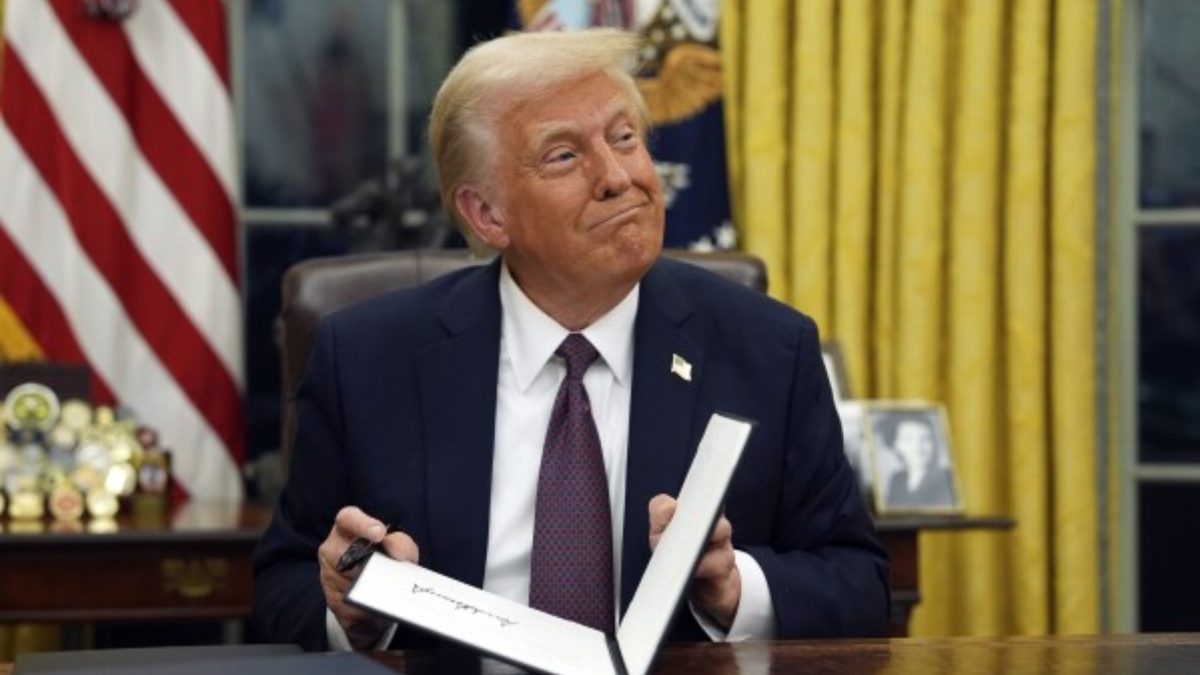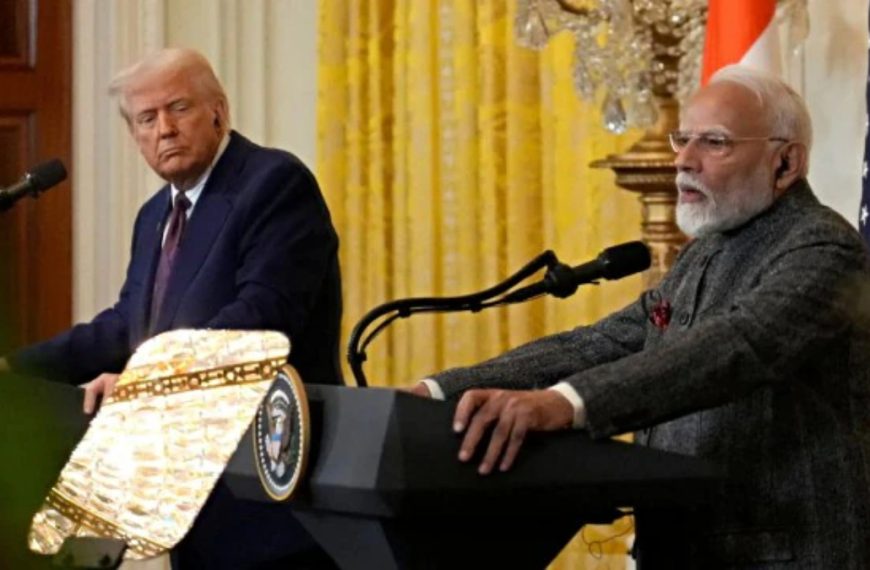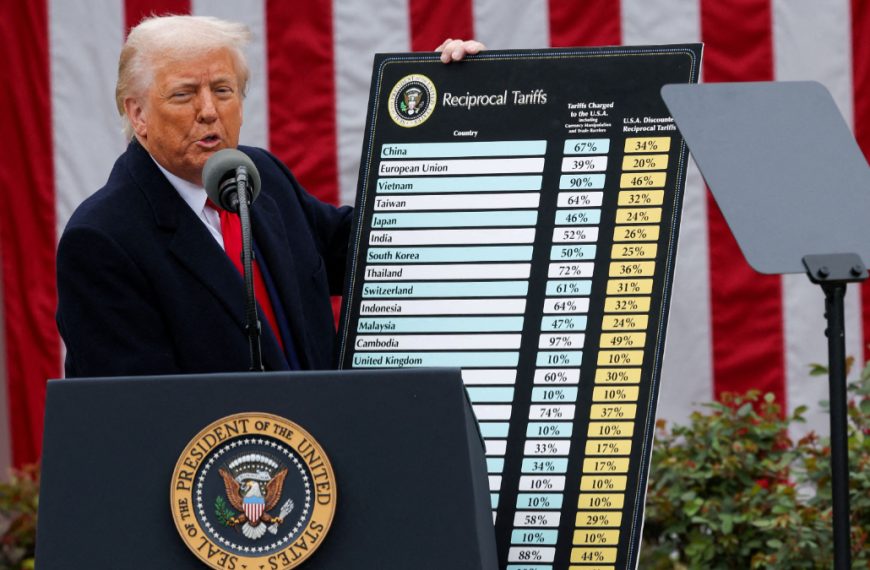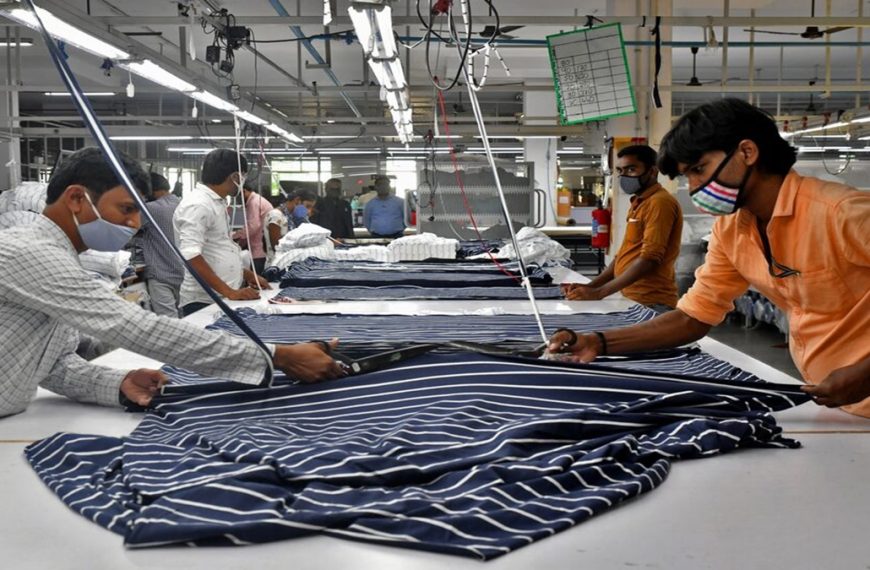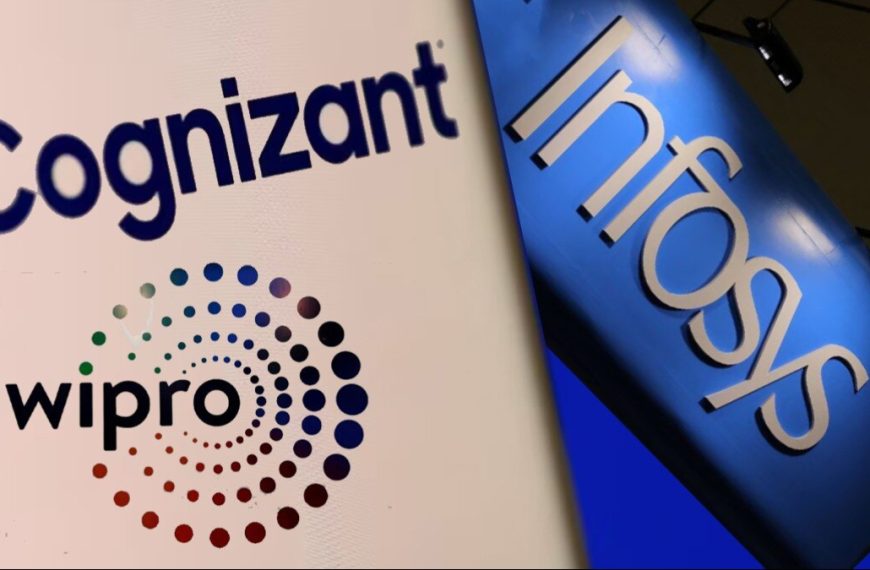As the U.S. prepares for its much-anticipated “liberation day,” where new tariffs on imports are set to take effect, Indian industry leaders are weighing their options amidst uncertainty. While many executives prefer a cautious approach, viewing the announcements made on April 2nd as a potential starting point for negotiations, they are keenly aware of the implications these tariffs may have. A corporate leader, wishing to remain anonymous, emphasized the importance of remaining composed and methodical in addressing the unfolding situation, stating, “Instead of succumbing to panic, it’s crucial to approach this with a clear mind and prepare effectively for negotiations.”
Market Reactions and Negotiation Strategies
The financial markets are bracing for the impact of these tariffs, but industry insiders believe that understanding the negotiation landscape is vital. Instead of merely reacting to market shifts, stakeholders are encouraged to focus on enhancing their negotiation skills. For instance, the pharmaceutical sector is particularly concerned about a potential 35% tariff, which includes a 10% reciprocal tariff and a 25% sector-specific tariff. Industry experts highlight that these changes could significantly affect U.S. patients, given that India is a crucial supplier of affordable generic medications, contributing to 40% of the generics market in the U.S.
According to a recent McKinsey report, titled “Shaping the Future of India’s Pharmaceutical Operations,” India stands as the world’s largest supplier of generic drugs, accounting for 20% of global volumes. The report notes that India ranks as the third-largest global exporter of pharmaceuticals by volume and 11th by value, with over 700 FDA-approved facilities.
Positive Outlook Amidst Challenges
Arvind Singhal, the Founder & Chairman of Technopak Advisors, a prominent management consulting firm in India, expressed a nuanced perspective on the situation. He believes that while the U.S. tariffs announced on April 2nd may pose challenges, they could also lead to positive outcomes across various sectors. “This could be a pivotal moment for Indian industries to enhance their competitiveness,” he noted. Singhal encourages companies to leverage their lower energy and labor costs to become significant global suppliers, drawing inspiration from successful models like BYD from China.
Moreover, he reassured that these measures are not exclusively targeting India but will affect all countries involved. This broader context presents an opportunity for Indian businesses and government entities to assess their strengths and strategize accordingly.
In conclusion, while uncertainty looms over the new tariff policies, Indian industry leaders remain optimistic about the potential for growth and competitiveness on the global stage. By focusing on strategic negotiations and leveraging existing strengths, they aim to navigate the evolving landscape effectively.

